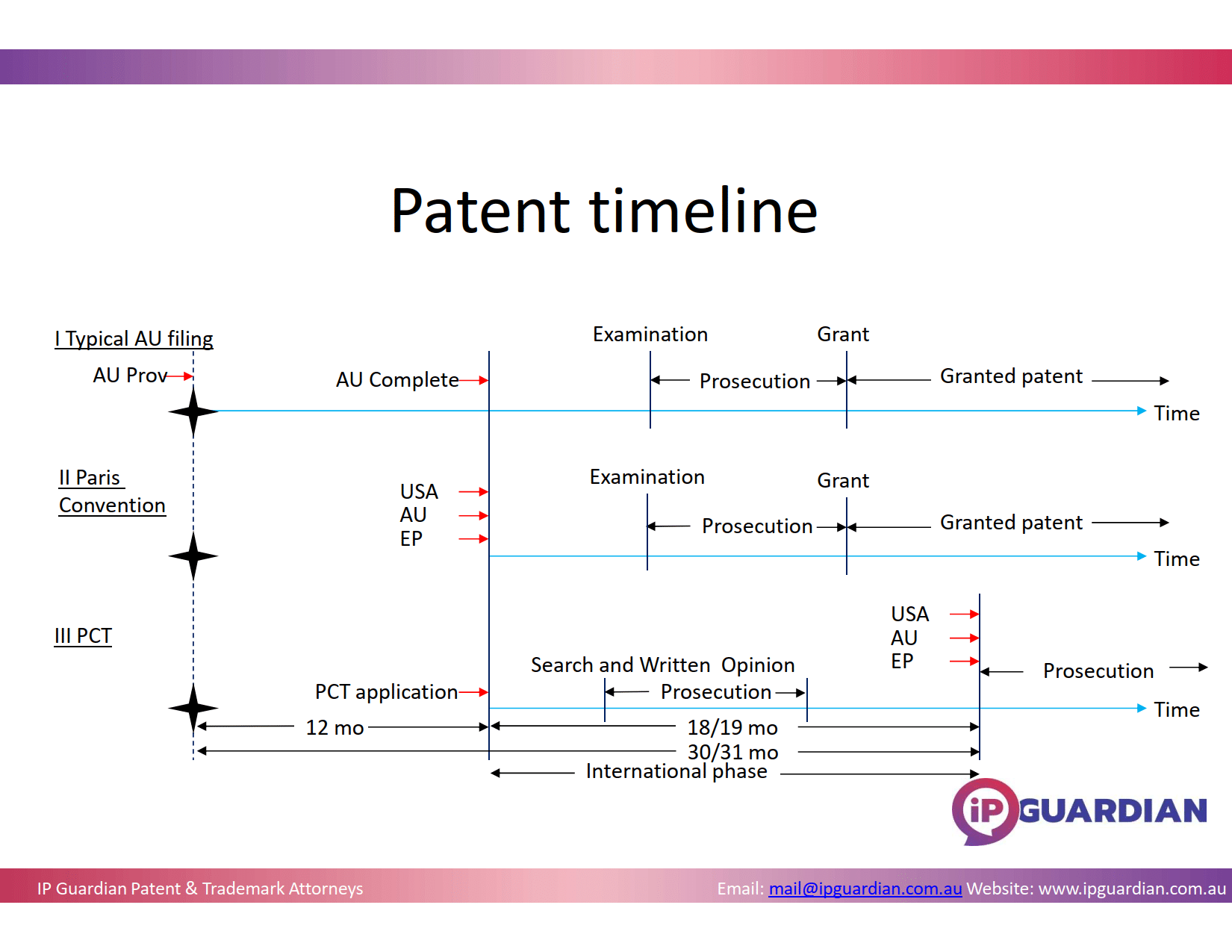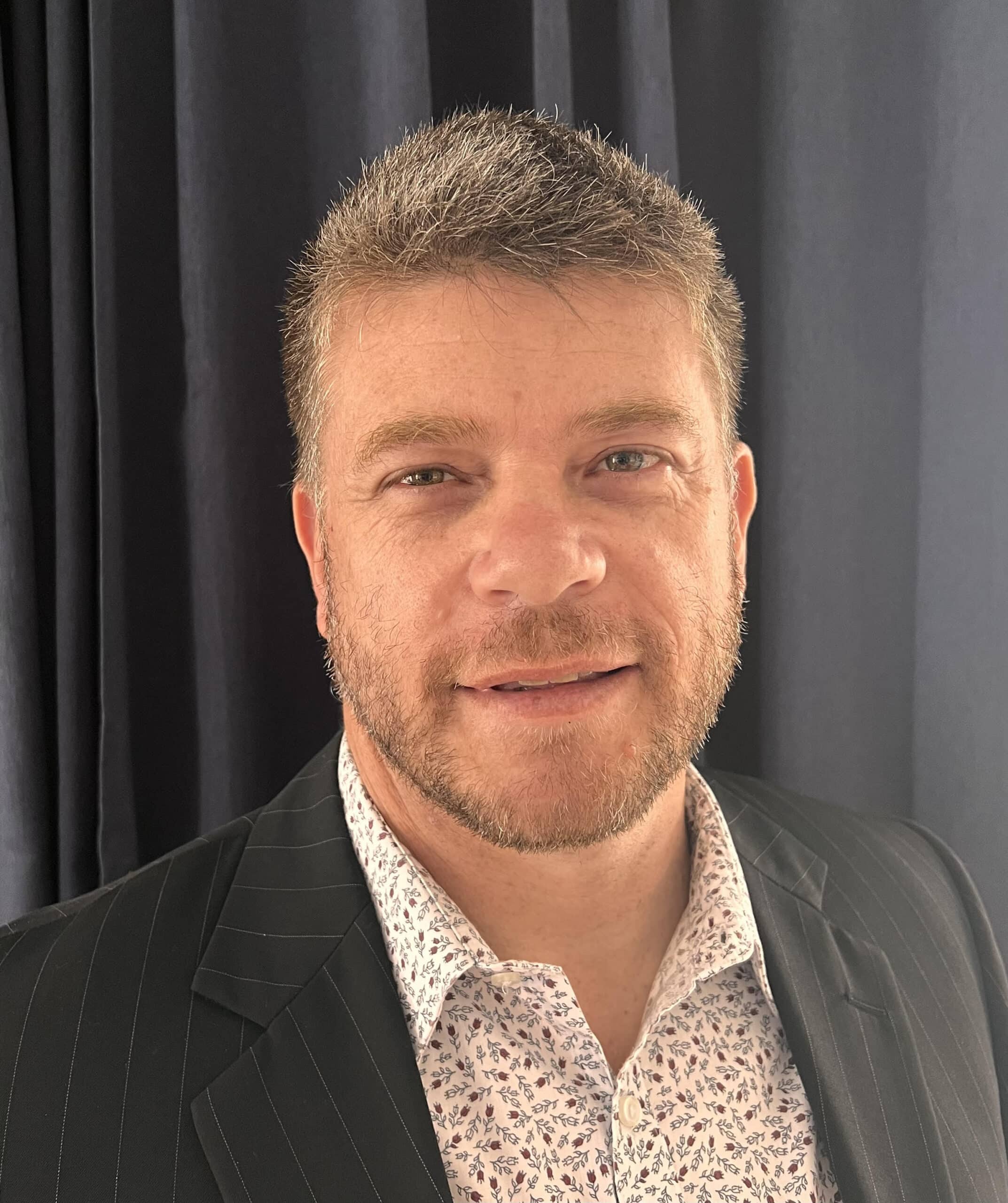
The patent system is a legal framework that allows inventors to protect their inventions for a certain (limited) period of time. This gives them exclusive rights to prevent others from making, using, or selling the invention without their permission. In return, the inventor must disclose the details of the invention to the public, so that others can learn from it and build upon it.
In explaining patents and how they work, we believe it is important to understand why the patent system exists at all. Patents are monopolies and governments don’t like granting monopolies to people, as it goes against free trade and consumer choice. So why do they allow patents to be granted?
Well the idea is that during the patent process, patent applications are published, so that new and inventive technology is disclosed to the public. The public can, in turn, develop new and inventive improvements on this technology and file patent applications to these improvements. In this way, the development of technology is incentivised and the rate of development is increased.
This is also where the main requirements for patentability come from - in order to be patentable, the technology must be new and inventive. For an explanation for what this means, please see this link.
The process of obtaining a patent typically starts with the filing of a provisional patent application. This is a relatively simple and inexpensive way to establish an early effective filing date for an invention, and to buy some time to conduct further research and development or to seek funding. A provisional patent application provides the inventor with "patent pending" status, which can be used to deter others from copying the invention. However, it is important to note that a provisional patent application is not examined and it will not mature into an issued patent unless a non-provisional application is filed within 12 months.
The next step is to file a non-provisional application, which is a more formal and complete application that includes a detailed description of the invention, claims, and drawings. The non-provisional application is then examined by the patent office to determine if it meets the legal requirements for patentability, such as novelty, non-obviousness (or inventiveness), and usefulness.
Non-provisional patent applications can be filed through the Paris Convention for the Protection of Industrial Property (the “Paris Convention”). The Paris Convention is an international treaty established in 1883 and is one of the oldest intellectual property treaties. The Paris Convention provides for several key principles for the protection of patents and other forms of industrial property, such as national treatment, which requires that each member country provide the same level of protection to foreign inventors as it does to its own citizens, and priority rights, which allows inventors to file a patent application in one country and then file in other countries within a certain period of time and claim the same priority date.
Non-provisional patent applications can be filed directly into the patent offices of overseas countries using the Paris Convention within 12 months of the filing date of the earliest patent application.
If the inventor wants to seek patent protection in multiple countries, another option is to use the Patent Cooperation Treaty (“PCT”) system. The PCT allows inventors to file a single “international” or PCT patent application, instead of having to file separate applications in each country where they want protection. The PCT application is then processed by a central international organization, the World Intellectual Property Organization (WIPO), which examines the application to ensure it meets certain formal requirements. The PCT currently has 157 member countries. A list of them can be found here:
https://www.wipo.int/pct/en/pct_contracting_states.html
Filing a PCT application delays the deadline for filing non-provisional patent applications by a further 18 or 19 months (giving inventors a total of 30/31 months in which to commercialise their invention before committing to filing in overseas countries). When a PCT application is filed an International Search and Written Opinion on patentability is automatically carried out by WIPO. This search gives the inventor some clarity on whether the invention is patentable before they commit to filing in overseas countries.
After the PCT application is filed, the inventor can “enter the national phase”, which is the process of filing non-provisional patent applications at the national patent offices and having their patent application examined and granted by each individual country where they wish to seek protection. This is done by filing separate national patent applications in each country before the 30/31 month deadline, and claiming the priority date of the original PCT application and provisional patent applications.
Finally, once the patent is granted, the inventor must pay maintenance fees to keep the patent in force. The term of a patent varies depending on the type of patent and the country, but it is typically 20 years from the date of filing.
At IP Guardian, our highly qualified trademark and patent attorneys have decades of experience navigating the complexities of both Australian and Worldwide trade mark, patent and design applications.
We are passionate about supporting Australian businesses to protect their intellectual property and offer cost-effective professional support to do exactly that. Whether you are struggling with an existing application or need help to get started, our team is here to simplify and streamline the process.
Book your obligation-free consultation today on 02 9071 0130 or at https://ipguardian.com.au/contact-us/.

Mike Biagio has had previous experience in research and development and project engineering before becoming a patent attorney. Mike has been involved in specialist intellectual property law since 2001 in a variety of countries including South Africa, New Zealand and Australia, and has more than 21 years of experience as a patent attorney in obtaining patents and designs around the world for his clients.
Mike has been a lecturer and regular mentor at UNSW, University of Wollongong, and University of Sydney for a number of years, and has advised start-ups at incubators/accelerators on intellectual property and ideation.
I found them online and initially I was bit hesitant to talk to them about my problem but when I spoke to Barry, I felt more comfortable, and he gave me all the information and advice I wanted without even thinking that I am going to give him business or not. Finally, I went with them, and they made the entire process so smooth and easy for me. john was keeping us updated with each step he was doing. I would recommend these guys for any patent or trademark related service.
I would like to express my thanks to Barry and his team at IP Guardian in Sydney for their assistance with our recent Trademark application. Barry was highly professional, readily available throughout the process and clearly communicated expectations. Barry even helped us refine our application so that we had a greater chance of success which was very much appreciated to avoid extra costs. I would highly recommend Ip Guardian for all your Trademark and Intellectual Property needs.
Barry, last week, you and your professional team, made my year (or probably my next 21 years). So thank you so much for your executive, calm yet very effective actions under extream pressure. Elias Hajjar, Director, TROLLEYON PTY LTD
Informative, understood the business, what it needed and answered questions in a friendly and approachable manner. Easy decision to continue working with IPGuardian for future trademarking
From the day I contacted Barry Meskin until now with my silly amateur questions, he has been nothing short of amazing. I actually NEVER leave reviews anywhere, but I felt the need to do so for Barry and his team. I myself am a tradie, so I felt intimidated speaking to an attorney. But the second I spoke to him on the phone, he made me feel right at home. Never pressured me into any decisions, yet when I decided to go ahead with him, he delivered what I needed much quicker than what I was expecting. I cannot speak highly enough of him and recommend his services 100%.
The team at IP Guardian have made the process extremely straight forward and easy for us to understand exactly what was required. I will highly recommend to our clients who need help with IP.
I have dealt with Barry over the years, his advice and experience has helped me greatly. Looking for to working with him and his team again. Maher.
IP Guardian helps protect words, symbols, letters, numbers, names, signatures, phrases, sounds, shapes and smells. Yes, I said smells.
We've had the pleasure to work closely with Barry for many years. He has been exceptional to deal with and has a keen focus in providing a commercial led IP "go to market" strategy for start-ups and well known brands. Makes it easy and always advises on different ways to navigate through the IP process.
Barry Meskin @ IP Guardian is an experienced and extremely knowledgeable expert in the domain of intellectual property, patents and trademarks. In addition he has been extremely responsive and very professional in all our dealings. I wholeheartedly recommend Barry's services to any business or anyone seeking advice in this area - great quality and great value.